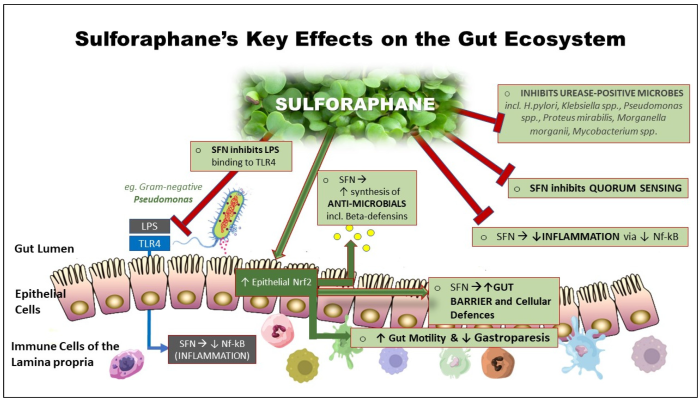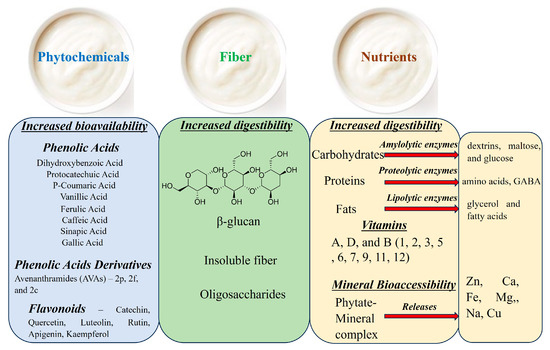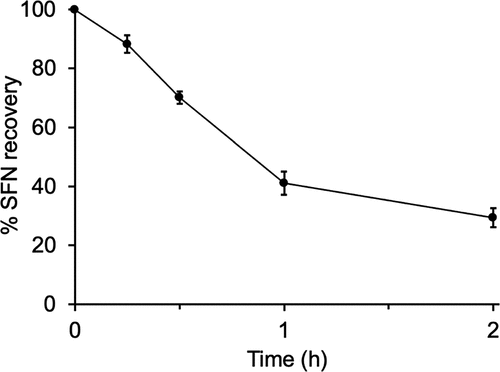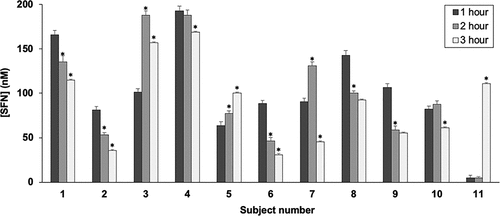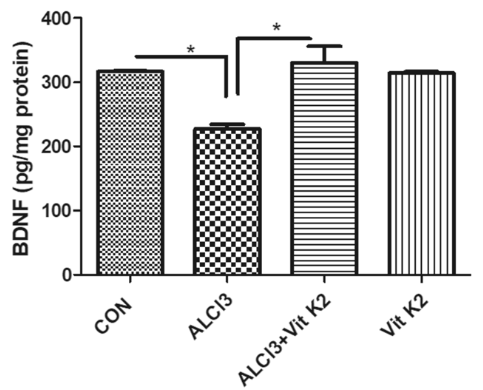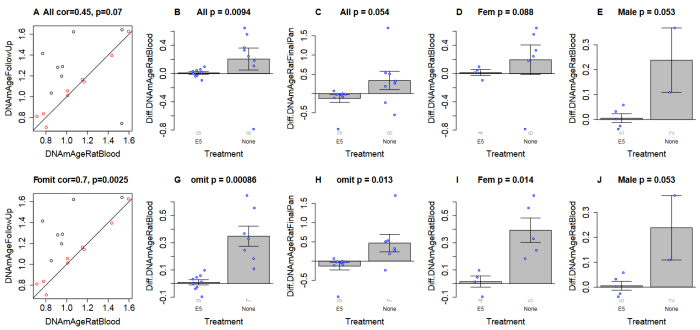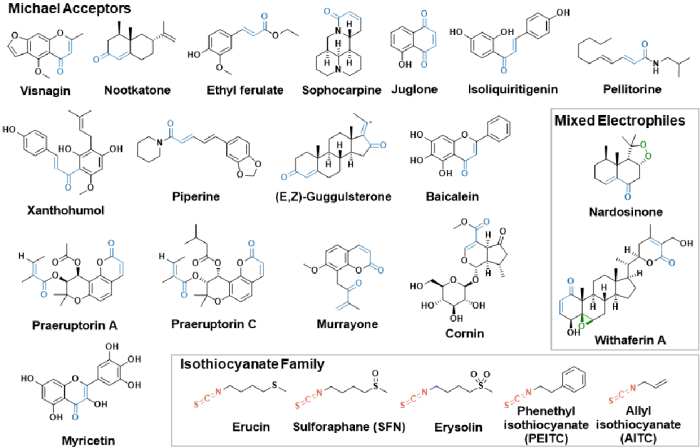Haven’t curated acetyl-L-carnitine papers recently. Here are three 2023 studies, beginning with a human case report:
“It is believed that 75% of the required amount of carnitine is taken from diet and the remaining 25% is synthesized in the body. Long-term use of a carnitine-free diet is thought to increase the risk of carnitine deficiency.
Dosage for long-term tube-fed patients with disorders of consciousness and convulsive seizures, such as in the present cases, is not specified. Instructions accompanying the medication list gastrointestinal symptoms such as nausea, vomiting, and diarrhea as side effects of L-carnitine. They indicate a maximum dosage of 3 g/day, and a maximum single dose of 1 g.
L-Carnitine is efficiently absorbed in the gastrointestinal tract when taken in small amounts, but when taken in large amounts, the transporter is saturated and bioavailability is only about 10%–20%. Although safety of oral L-carnitine administration is considered high because there is an upper limit to the amount that can be absorbed, clinicians should remain aware of side effects noted above.
To the best of our knowledge, this is the first report in which L-carnitine was administered to a patient with impaired consciousness after stroke with the result that symptoms improved. It is possible that carnitine deficiency is overlooked in some patients in rehabilitation wards, and measurement of ammonia may be useful in its detection. Because carnitine deficiency might interfere with active rehabilitation, nutritional management with attention to carnitine deficiency is important in rehabilitation wards.”
https://www.jstage.jst.go.jp/article/prm/8/0/8_20230019/_html/-char/en “Disorders of Consciousness after Subacute Stroke Might Partly be Caused by Carnitine Deficiency: Two Case Reports”
I currently take one gram of acetyl-L-carnitine three times a day.
Next is a clinical trial with amyotrophic lateral sclerosis (ALS) patients that used two different doses of acetyl-L-carnitine:
“Our findings did not confirm an effect of ALCAR 3 g/day on survival in ALS subjects at 24 months. An effect was observed in those treated with ALCAR 1.5 g/day.
In addition, we did not detect an effect on self-sufficiency at 12 months as previously seen in the pilot trial. These differences could be explained by:
- The study design (retrospective observational study vs prospective randomized trial);
- Selection bias (subjects from the real-world clinical practice are less selected than those included in a clinical trial); and
- Drug compliance (subjects enrolled in a clinical trial perform several onsite evaluations in which compliance is verified by tablets accounting, while in clinical practice this is not done).
Our hypothesis is that the presence of residual confounding might explain our unexpected results. Residual confounding refers to the presence of an unmeasured or uncontrolled variable that could affect the relationship between treatment (ALCAR) and outcome.
This study provided additional information on the potential effect of ALCAR on disease progression and survival, and adds evidence to justify the use of ALCAR in ALS subjects.”
https://link.springer.com/article/10.1007/s00415-023-11844-6 “Retrospective observational study on the use of acetyl-L-carnitine in ALS”
This study’s dosing method wasn’t clear on exactly how doses were administered every day. I’ll guess that if both 1.5 and 3 grams were given all at once, they might have been roughly equivalent doses per the first paper’s cited bioavailability saturation effect.
Next is a rodent aging study:
“The aim of this study was to examine effects of long-term L-Carnitine (β-hydroxy-γ-trimethylaminobutyric acid, LC) administration on cardiomyocyte contraction and intracellular Ca2+ transients in aging rats. LC (50 mg/kg body weight/day) was dissolved in distilled water and orally administered for a period of 7 months.
LC increased cardiomyocyte cell shortening and resting sarcomere length. LC supplementation led to a reduction in resting [Ca2+]i level and an increase in the amplitude of [Ca2+]i transients, indicative of enhanced contraction. Consistent with these results, decay time of Ca2+ transients also decreased significantly in the LC-treated group.
Long-term administration of LC may help restore Ca2+ homeostasis altered during aging, and could be used as a cardioprotective medication in cases where myocyte contractility is diminished.”
https://link.springer.com/article/10.1007/s00418-023-02215-3 “L-Carnitine improves mechanical responses of cardiomyocytes and restores Ca2+ homeostasis during aging” (not freely available)
A human equivalent of this study’s daily dose is (50 mg x .162) x 70 kg = 567 mg. A human equivalent of this study’s duration using the maximum lifespan method is (7 months x 32.2) = 225.4 months. The subjects began at 11 months old (human equivalent age 29.5 years) and ended at 18 months old (human equivalent age 48.3 years).
This study illustrated how heart dysfunctions with subclinical symptoms advance with aging, and that starting to do something preventative before human equivalent age 30 may work.

